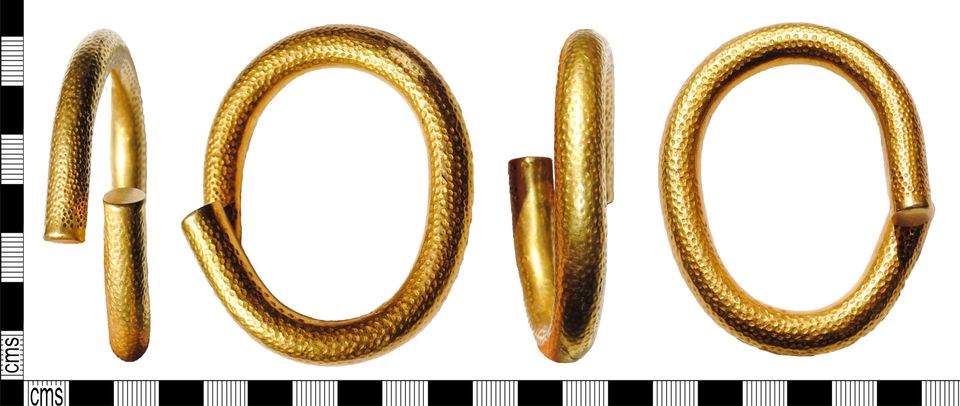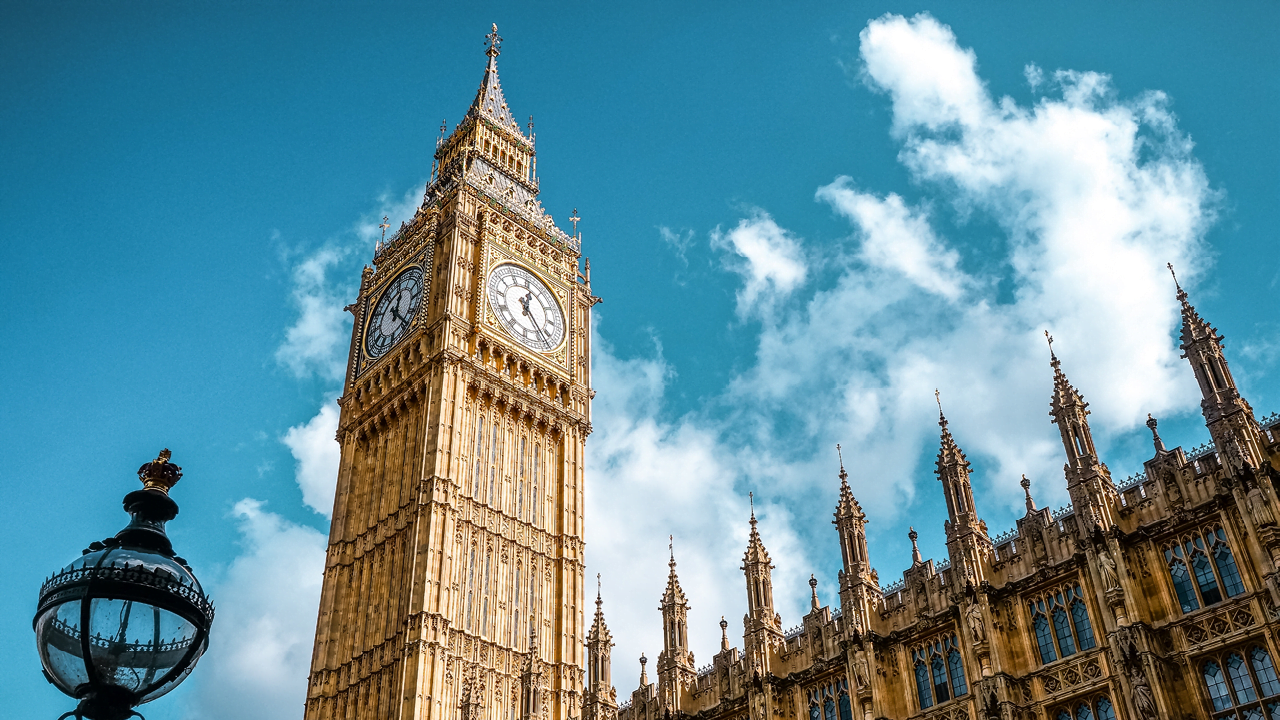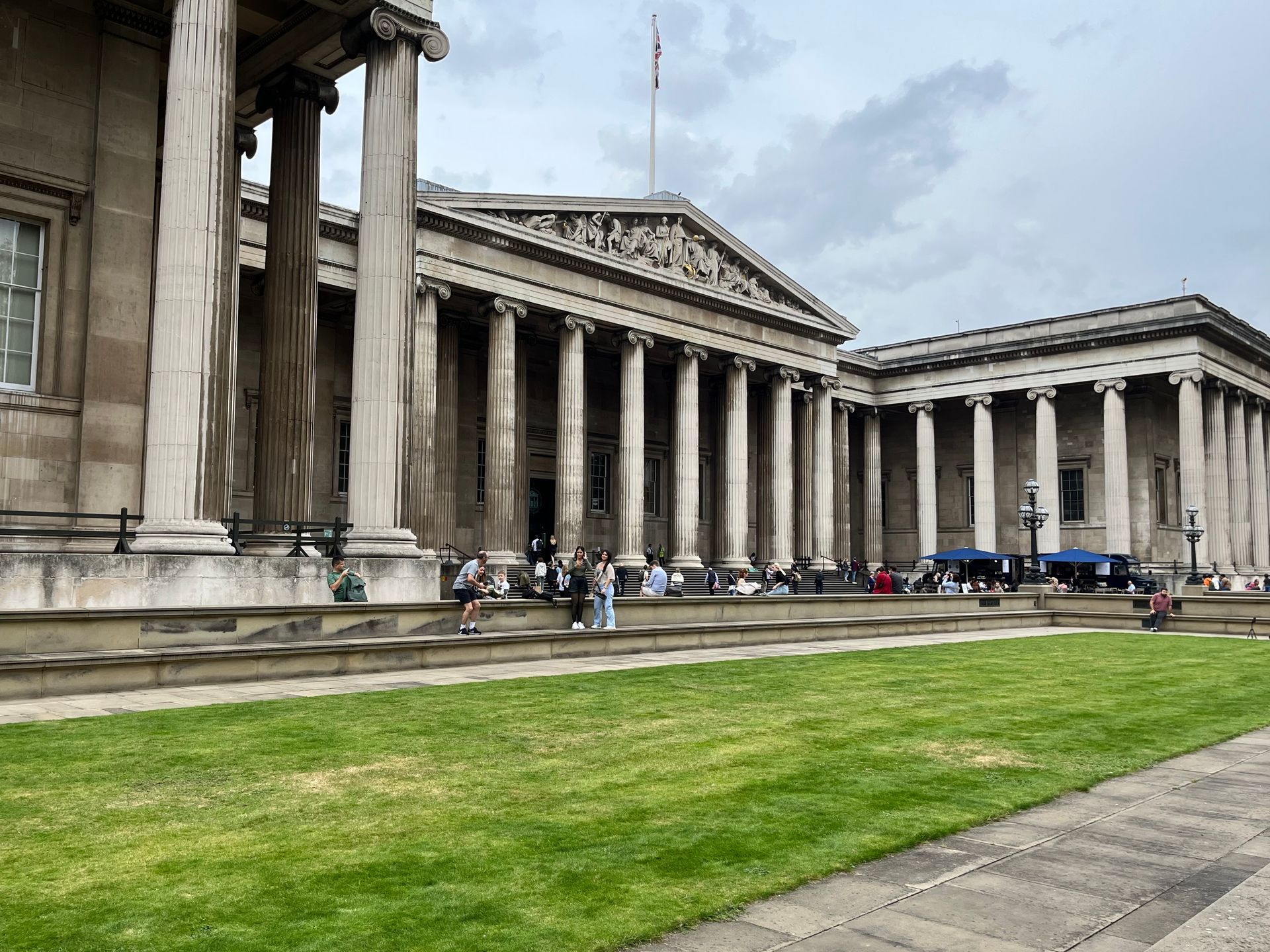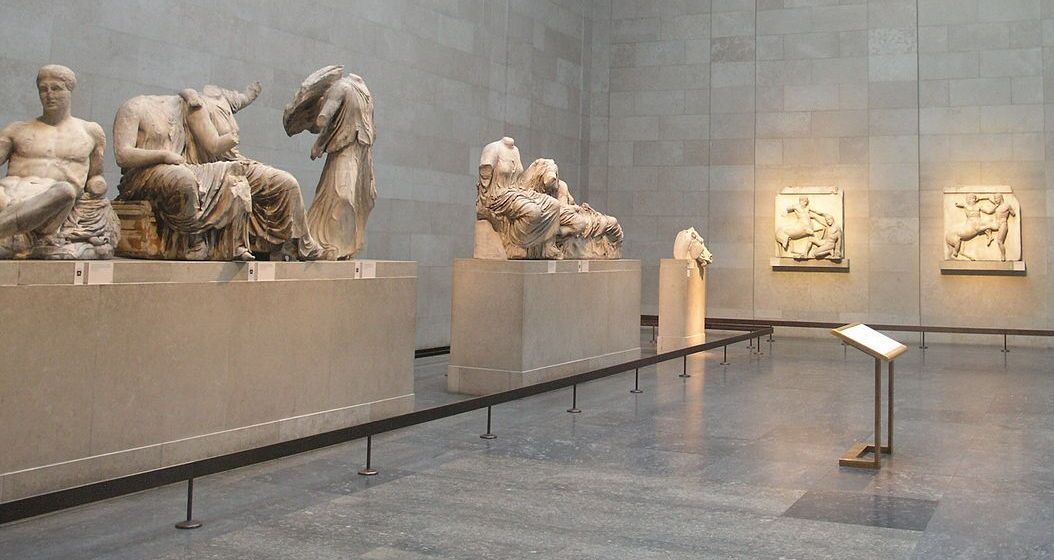Cultural Restitution
Just days before the British Museum closed its doors for an indefinite period of time, the Museum announced a further record year of Treasure finds.
Members of the public using metal-detectors were responsible for discovering almost 90% of the 81,600 archaeological items recorded in 2019 with the British Museum’s Portable Antiquities Scheme (PAS). The county of Norfolk yielded up the largest number of finds, followed by Suffolk and Hampshire.
Of this number 1,311 were classified as ‘Treasure finds’. Treasure is generally defined as gold and silver objects that are over 300 years old, or groups of coins and prehistoric metalwork.
If the experience of recent years continues, it’s very likely that almost half of these finds will end up enriching UK national or local museum collections. According to PAS's 2017 Annual Report more than 30% of the 1,266 Treasure finds made in 2017 ended up in local museums. A further 10% were acquired through donations.
Stand out finds from the 2019 discoveries include a pure gold Bronze Age arm ring from St Bees, Cumbria, of a type found in County Donegal and Buckinghamshire (below). Weighing a substantial 300g of pure gold, the arm ring is decorated with shallow punched dots around most of the outer ring. Right now, it’s unclear whether this well-worn ring is of the Irish or British type, but it hints at the wealth and long-distance connections of its 8th century owner.
Another extraordinary object, one of several of recent Treasure finds that will go on display when the British Museum re-opens, is a wooden bucket with two unusual handle fittings. The 2,000-year-old bucket was discovered in a large grave hoard discovered at Lenham in Kent. Part of a drinking set, the bucket came from a high-status cremation grave dating to the mid-1st century BC.
The bucket’s two handle fittings are engagingly humanoid, different in detail but each with distinctive eyes, prominent nose, pronounced chins and swept back hair.
Responsibility for recording these two objects, together with the thousands of other archaeological objects discovered in the UK each year, falls to the 100 or so Finds Liaison Officers who work for the PAS and who are managed by the British Museum and Amgueddfa Cymru (National Museum Wales).
Finders of potential Treasure are obliged under the Treasure Act 1996 to report their finds to the district’s local coroner. A national or local museum is then entitled to acquire these Treasure finds and the finder is entitled to a reward. PAS administration is undertaken at the British Museum.
It’s this extraordinary level of collaboration between members of the public and PAS heritage officers that extends our understanding and appreciation of the UK’s cultural heritage.
Photos:
Header: A copper alloy fitting from a bucket, from Lenham Kent. Iron Age c. 50 BC
Featured: A gold arm ring from Cumbria, Bronze Age c. 900-700 BC
Courtesy of © The Trustees of the British Museum
More News
Subscribe
Receive free updates on recent restitution news
Join the Newsletter
We will get back to you as soon as possible
Please try again later
CREDITS
Frieze block from the Temple of Athena, The Acropolis Museum, Athens
Acropolis photos courtesy of Anna Oikonomou
–
Site Design by
beckon.
All Rights Reserved | Returning Heritage




